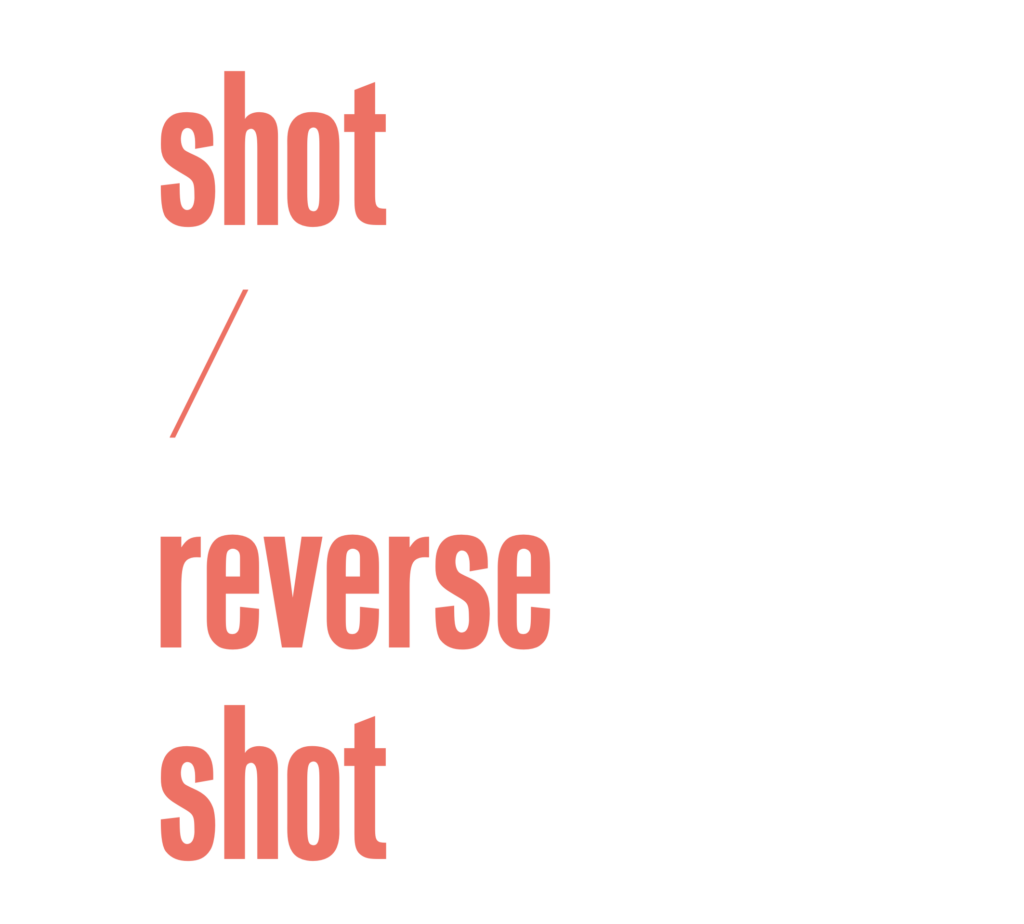Return to archive
title
Federica Doglio in a dialogue with Mirko Zardini: A book interview on crises during a crisis
author
Claudia Mainardi
Loqui is a new series of thematic interviews reflecting on the theory and practice of architecture and design. The first issue is titled “After the Crises: 1973, 2001, 2008, 2020”, and is the result of a conversation conducted via webcam over the months of the Covid-19 lockdown between the author of the book, Federica Doglio, and Mirko Zardini: architect, author, curator, and director of the Canadian Centre for Architecture (CCA) in Montreal from 2003 to 2019.
In little more than 120 pages and in low-cost paperback format, to be read anywhere by anyone who is living through the crisis, the author chooses to intervene as little as possible on the interview text so as to ensure a conversational tone, while picking out specific sections, the titles of which make it possible to introduce and better understand the various themes addressed.
The ongoing global pandemic and its impact have been inevitably, continuously and perhaps excessively discussed over the past year. However, the intention of this book interview is different: the volume does not intend to propose a response to ongoing events but uses the current conjuncture as a pretext to reflect on the crisis in its multiple aspects and meanings, questioning the implications for society and, consequently, for the profession. In a certain sense, it uses the crisis as a paradigm, a lens through which to reread the history of the last fifty years. In this perspective, the condition we are going through does not seem surprising or unexpected; on the contrary, it is read within an articulated and complex system of dynamics that stretches back at least fifty years. According to Mirko Zardini, in fact, “crises do not introduce new ideas or paradigms, but they function as accelerators of trends already underway.” Current acts are therefore reread in the light of events that belong to the recent past: the energy crisis that, in 1973, marked the end of the economic boom and introduced a new season of reflections on measures by which to safeguard the environment; the terrorist crisis in 2001, which led to a drastic acceleration of control and surveillance policies; and the financial crisis in 2008, which entailed a radical change in professional practices and the role of the architect. According to the author, in fact, at that moment the season of exuberance came to an end and the decline of a model built around the paradigm of the starchitect began. This reflection is expanded upon in the book and read in relation to the crisis of the educational project and cultural institutions.
For each crisis, the spatial and lifestyle repercussions are emphasized. In this sense, concerning the current health crisis that began in 2020, the inadequacy of urban and architectural interventions of recent decades is highlighted, giving rise to the need to intervene in order to improve livability and environmental quality.
As Federica Doglio anticipates in the opening pages: “what emerges is a crisis of modernity, of the modern project and of the very idea of the project.” The contextualization of the crisis that emerges from the publication highlights the profound reflection that Mirko Zardini has developed throughout his professional career, starting from his roots and in particular over the last fifteen years as chief curator and director of the CCA, always in an attempt to address contemporary issues (environment, participation, technological research, housing, migration, health, and social injustice), often anticipating dynamics that would later turn out to be correct.
Finally, a bibliography made up of essays, books, and brief notes is intended to provide the reader with tools for further study. Here in chronological order, all the projects, publications, and exhibitions mentioned by Zardini during the interview are listed, as well as the texts from his own personal library mentioned and evoked during the conversation.
The success of this book interview lies in its being as direct and colloquial as well as rich in new insights and perspectives. On the one hand, the interviewee shares ideas and reflections with great generosity, couching his personal experience within recent history in a punctual, precise, and clear manner; on the other, the author manages to put the reader at ease, as if they were not alone in front of the webcam.





